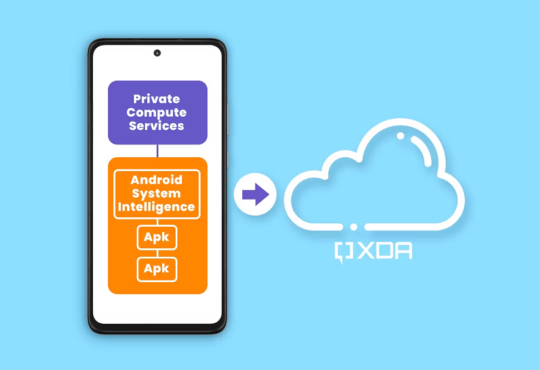
The term “SaaS deployment system” refers to the whole process of installation and delivery of software to its users as a service, and it is opposed to the traditional various premise models of application software deployments. SaaS deployment is moreover similar to the establishment phase of different utility model services; which is followed by billing at fair intervals, for the services given to the developers to deliver. SaaS deployment is initiated by a SaaS system software provider via a user provisioning process, which is often automated and derived from the application software. Alternatively, SaaS deployment can also be initiated and can be deployed by third-party managed developer service providers. SaaS deployment software is also considered as a complete process when a user has the necessary means to access the SaaS that offers more new and amazing features, Whether the consumer or the users can begin with using the software development services at the same time it is provisioned or provided.
SAAS DEPLOYMENT MODEL BENEFITS & FEATURES
The foremost benefit of the saas development system over the traditional system of software deployment helps to reduce the cost of delivery for both software SaaS providers and SaaS subscribers. Since SaaS providers can centrally deploy many updates and fix the user offering in the cloud, it also helps to reduce the cost of maintaining the system software for the SaaS provider. Similarly, SaaS subscribers don’t have to worry about outdated and old versions of software or the cost of its licensing for a variety of upgrading to the latest version of the software and smart life volcano product for multiple users.
There are additional costs and also many saving benefits that can help you to realize it by Saas subscribers as well as, it includes a reduction in the capital of expenses for its IT Infrastructure which often plays a role to support various enterprises at different levels on-premises software delivery. Furthermore, SaaS deployment software allows users to avoid the expenses of the departments, moreover, when the sea platform solutions are exclusively gained by the developers to deliver IT services to an enterprise. SaaS deployment software also provides higher levels of availability and the premises software system of application deployment, since its users can access it more easily, and the system of SaaS offers connections over the web from anywhere.
The ability of this software to easily switch from one SaaS provider system to another is another benefit of SaaS software deployment. SaaS deployment creates a higher standard and a smart electric blanket by the developers for the service delivery to its users as compared to the on-premise models of system software service delivery, as competing to the SaaS system software developers, which must strive continually for various innovations and different services that make the excellence or else risk for the easy and convenient loss of their customers in the competition of the market. The on-premise system models of software deployment, since the organizations with some on-premise software that have usually made a substantial and purr investment in a vendor’s software development product which creates the feature of lock-in for a continued and convenient relationship with an application software vendors which, regardless help to improve the quality of the software development services or the support, which is being delivered on an ongoing SaaS development basis. Similarly, the ability to avoid the SaaS vendors at “lock-in”, makes SaaS delivery the most attractive and amazing feature option for many organizations and big businesses, when it comes to the software, it makes the time for its user to acquire, upgrade, or replace their enterprises’ software easily from anywhere.
SaaS security and privacy
SaaS cybersecurity takes the risk of associating it with every system of various software and therefore they are different from those associated with traditional model software. With that traditional software system, the software developer vendors are also responsible for eliminating various code-based vulnerabilities, and while the user is getting responsible for running the system software on a secure infrastructure and application network.









